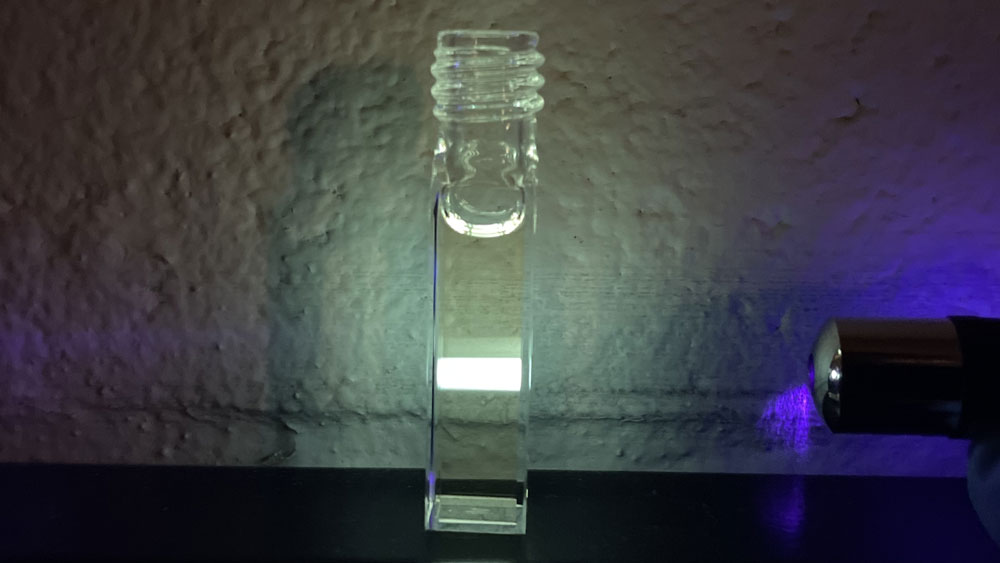
Dissolved organic matter (DOM) can be found in every water body on Earth, encompassing both saltwater and freshwater. It is a significant carbon source and is critical in environmental carbon cycling, which is the circulation of carbon in various forms through the environment and nature that makes the Earth sustainable for life.
The interaction between DOM and sunlight is essential for the carbon cycle to function effectively. However, the chemical structure of light-absorbing compounds, also known as chromophores, in DOM remains limited.
Dr. Garrett McKay, principal investigator of the Aquatic Chemistry Lab and assistant professor in the Zachry Department of Civil and Environmental Engineering at Texas A&M University, has been awarded the Faculty Early Career Development (CAREER) Award from the National Science Foundation (NSF) to investigate the chemical composition of chromophores in DOM.
The CAREER Award is the NSF's most prestigious award in support of early-career faculty who have the potential to serve as academic role models in research and education. McKay and his research group will use the $584,000 grant over five years to examine the structure and behavior of DOM chromophores, including the integration of teaching and research.
"We are hypothesizing that the types of intermolecular interactions that give natural organic matter its brown or yellow hue are also responsible for the optical properties of related materials," McKay said. "We have recently been working with a group at Ohio State University who studies melanin, a naturally occurring pigment that gives hair and skin its color. There are a lot of similarities in the optical properties of DOM and melanin, spurring new and interesting research questions."
Studying chromophores' structure or the group of atoms responsible for color in dissolved organic matter is vital. Chromophore structure influences key processes in aquatic systems, such as elemental cycles, contaminant attenuation and ocean productivity.
"Interactions between chromophores could have dramatic impacts on the models used for DOM reactions, but these impacts are difficult to predict given the lack of molecular-level knowledge of these interactions," McKay said. "Similar optical properties are also observed in atmospheric systems. Interestingly, these similarities are observed in such disparate environments. We are interested in whether there is a common chemical basis for these similarities.
The impacts of this research will be felt not only in the DOM community but by those studying complex systems whose optical and photochemical properties are poorly understood, like melanin, atmospheric brown carbon and crude oil."
Along with training undergraduate and graduate students, McKay will utilize advanced analytical tools to identify the structural components of light-absorbing groups within DOM and examine how these groups interact with each other. McKay and his group will conduct measurements at the National High Magnetic Field Laboratory's (NHMFL) Fourier transform ion cyclotron mass spectrometry to characterize the molecular structure of DOM. The NHMFL is an NSF-supported user facility. This will enhance predictions regarding the behavior and reactivity of DOM in the environment.
As part of the CAREER award, McKay will focus on education and outreach of his work to various audiences, including an educational outreach program that enables underrepresented groups to study DOM chromophores in a local water body using state-of-the-art techniques, specifically through an aquatic science course at Lufkin High School in Lufkin, Texas.
"I am excited for the opportunity to continue working with Lufkin High School," McKay said. "We hosted a high-school teacher from Lufkin in the summer of 2022 as part of an NSF-funded project. It was a great experience."